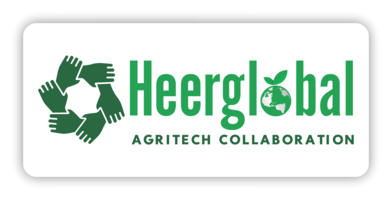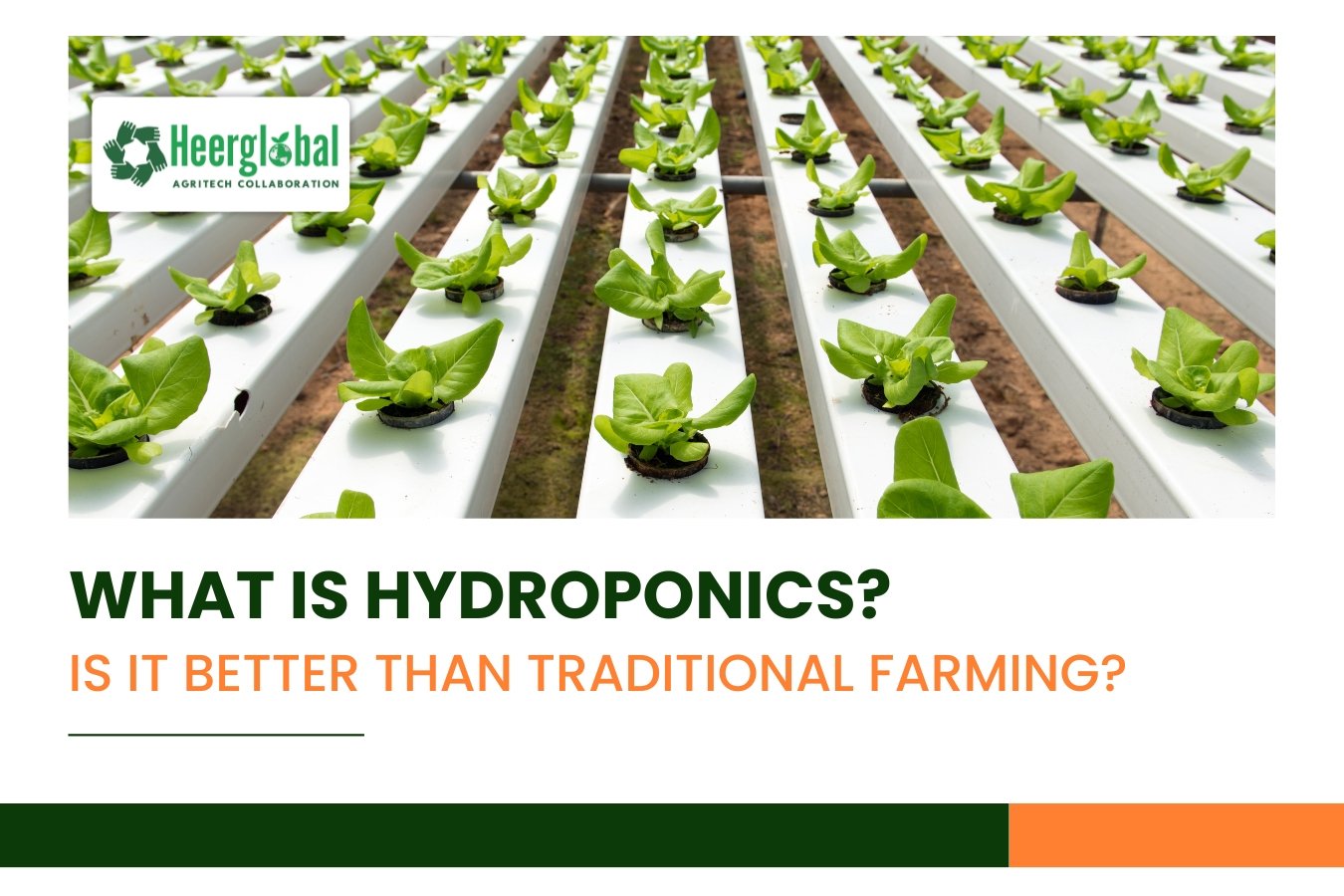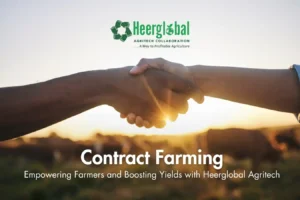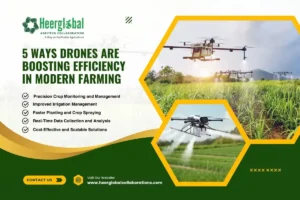What is Hydroponics? Is it better than traditional farming?
Hydroponics is a method of growing plants without soil. Instead of using soil as a medium to provide plants with nutrients and support, hydroponics relies on a nutrient-rich water solution to deliver essential minerals directly to the plant’s roots. This method allows for the cultivation of a wide variety of crops in a controlled environment, such as greenhouse farming or indoor facilities. There are various hydroponic systems, including deep water culture, nutrient film technique, aeroponics, and more, each with its own advantages and disadvantages.
Traditional farming is what most people think of – planting crops in the soil, like in fields or gardens.
Whether hydroponics is “better” than traditional soil-based farming depends on various factors, including the specific goals, resources, and context of the farming operation.
Here are some advantages and disadvantages of hydroponics compared to traditional farming:
Advantages of Hydroponics
Efficient Resource Use:
Hydroponics uses less water than traditional farming because it recirculates water, reducing waste.
Controlled Environment:
In hydroponics, you can control factors like temperature, humidity, and light, which can lead to faster growth and higher yields.
Reduced Pesticide Use:
Controlled environments farming limit pest and disease exposure, reducing the need for chemical pesticides.
Year-Round Production:
Hydroponics allows you to grow crops all year, even in regions with challenging weather.
Space Efficiency:
It can be done vertically, saving space and allowing for more crops in a smaller area.
Minimized Soil Issues:
Hydroponics avoids soil-related problems like soil-borne diseases and the need for soil preparation.
Disadvantages of Hydroponics
High Initial Cost:
Setting up a hydroponic system can be expensive due to the need for equipment and technology.
Energy Consumption:
Controlled environments require artificial lighting and climate control, leading to higher energy costs.
Technical Knowledge:
Successful hydroponics requires expertise in managing the system, nutrient solutions, and environmental conditions.
Reliance on Inputs:
Hydroponics depends on a constant supply of nutrients and electricity; any disruptions can affect crops.
Limited Crop Selection:
Not all crops are suitable for hydroponic cultivation, and some are better suited to traditional soil-based methods.
Advantages of Traditional Farming
Lower Initial Costs:
Traditional farming typically has lower startup costs because it doesn’t require high-tech equipment.
Natural Environment:
It relies on natural conditions and doesn’t depend on electricity or artificial lighting.
Diverse Crop Selection:
Traditional farming can support a wide variety of crops, from grains to vegetables, depending on the soil and climate.
Less Technical Knowledge:
Traditional farming methods are often well-known and don’t require advanced technical expertise.
Disadvantages of Traditional Farming
Higher Water Usage:
Traditional farming can use more water because it’s not as efficient in water management.
Weather Dependent:
Traditional farming is highly dependent on weather conditions, which can be unpredictable.
Pest and Disease Risks:
Crops are more exposed to pests and diseases, leading to a reliance on chemical pesticides.
Seasonal Production:
Traditional farming often limits production to specific growing seasons.
Space Requirements:
It usually requires more land compared to hydroponics for the same crop yield.
Choosing the Right Method
- The choice between hydroponics and traditional farming depends on your goals and resources.
- Hydroponics is great for high-value crops, reducing water usage, and year-round production in controlled conditions.
- Traditional farming is essential for large-scale, field-based cultivation and is suitable for a broad range of crops.
- Some farmers use a mix of both methods, combining the advantages of each, known as “hybrid farming.”
Conclusion
In the end, the choice between hydroponics and traditional farming depends on what you want to grow, where you’re located, and the resources you have available.




